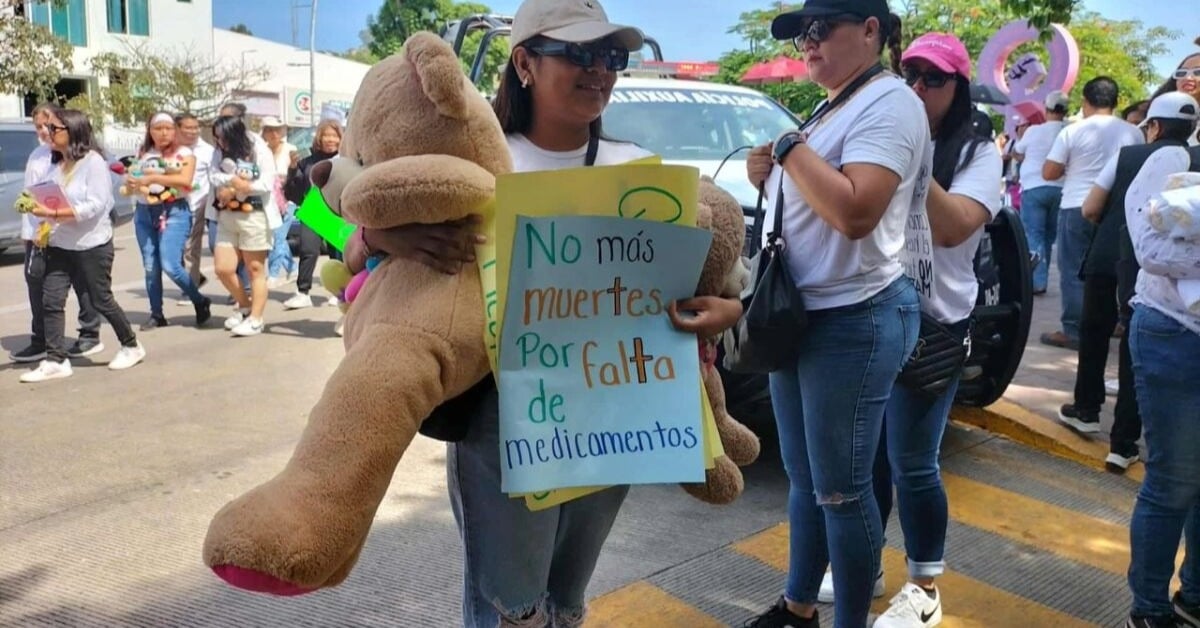An in-depth investigation reveals how systemic failures in Mexico’s health system are causing preventable cancer deaths . . .

An in-depth investigation reveals how systemic failures in Mexico’s health system are causing preventable cancer deaths . . .
